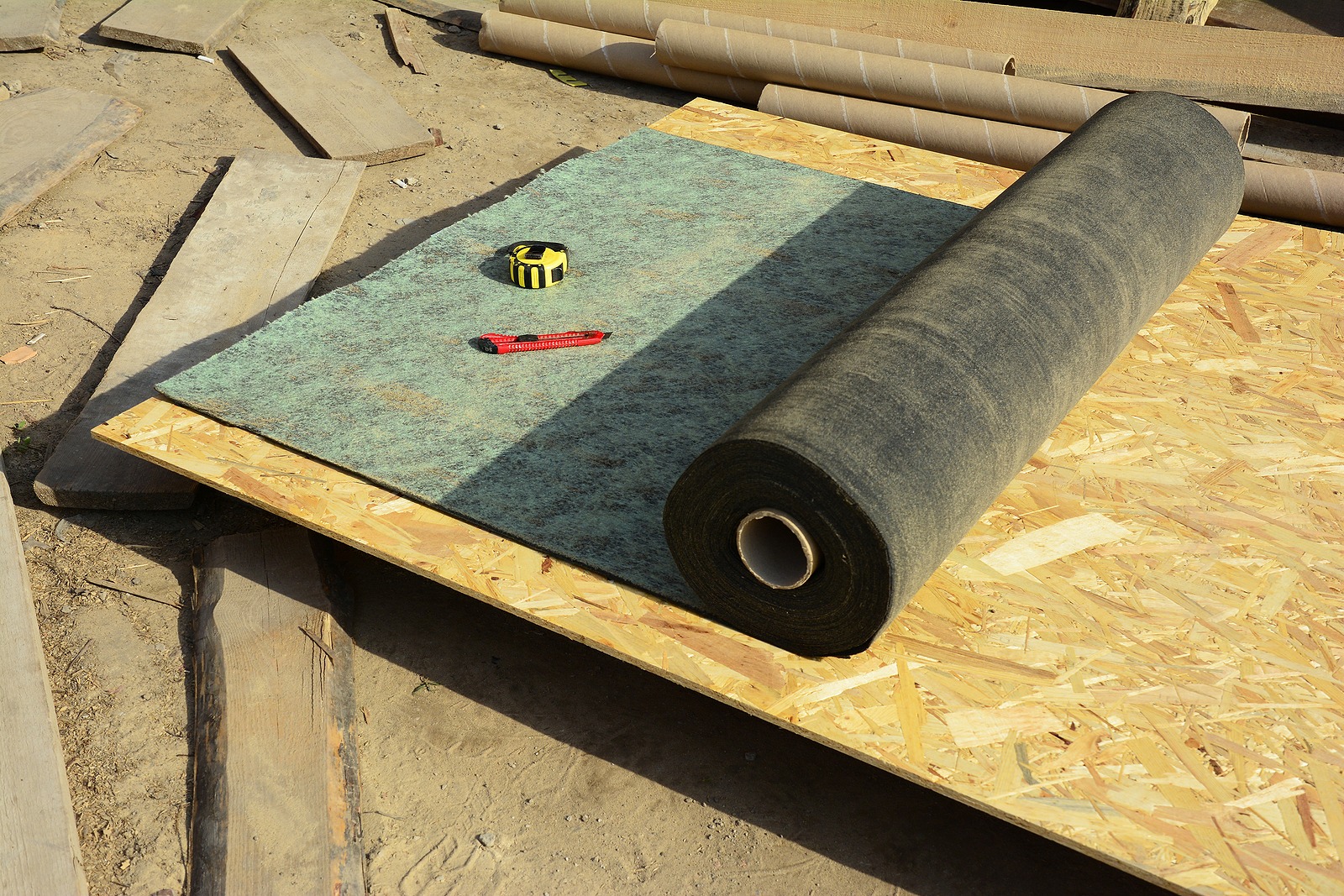Every house owner is aware of how crucial a roof structure and its supporting components will be to the architectural integrity and total appeal of their residence. A roof structure helps keep inclement conditions under control. It protects the attic room place, enabling for adequate air-flow while insulating your property in the cool during the cold months and abnormal warmth during the summer.
Believe it or not, a sturdy roof structure goes past shingles. Find out more details about underlayment, an important layer of your roof structure that can help ensure that it stays free of moisture and guarded in the elements.
Precisely What Is Roof Structure Underlayment?
Roof structure underlayment is a shielding fabric that’s typically mounted directly onto your roof structure deck. Depending on how your property was created, your roof structure’s skeleton is composed of rafters or trusses.
The roofing deck, also sometimes referred to as roof structure sheathing, could be:
- Plywood
- OSB, or
- Step sheathing
These panels are fastened to the rafters or trusses to help control the rafters or trusses and offer construction for the overall roof structure.
The roofing underlayment is what moves along with this sheathing fabric. It includes a second level of protection from moisture content intrusion should water get below your shingles.
Varieties of Roof structure Underlayment
Generally, you will find three types of roofing underlayment: felt, personal-adhered, and man-made. Each features its advantages and benefits, and the kind you choose generally is determined by what your roof specialist is at ease with, along with your local creating rules and policies.
Felt Underlayment
This is the most ancient roofing underlayment known as tar residue papers or felt papers. It’s manufactured from an organic and natural mat or paper. Then, it’s saturated with asphalt to help with a water level of resistance.
Felt underlayment usually is readily available as two standard weights:
- 15 weight per hundred square feet or No. 15 felt
- 30 weight per hundred square feet or No. 30 felt
For lightweight jobs, No. 15 felt may be suitable. Nonetheless, it can rip easily, and if exposed to the elements during setup, can absorb water and wrinkle.
For house owners who select felt underlayment, companies may suggest No. 30 felt, which is stronger than No. 15 felt. Just like any of your underlayment goods, No. 30 felt can be utilized in several layers for more security.
Some roofing companies commonly use felt underlayment whenever using slate or tile shingles. Some may also favor personal-adhered underlayment. It can depend on the location of the country.
Self-Adhered Underlayment
This kind of underlayment contains higher rates of asphalt and rubberized polymers. It is a water-resistant answer for roofing underlayment.
Self-adhered underlayments use a sticky back for them to adhere to the roof structure deck. This sticky support helps develop a waterproof close between the roof structure deck and the underlayment. This particular underlayment is designed to protect the roof from damage where water tends to accumulate or where penetration inside the roof structure deck is present.
Examples of these leak-vulnerable locations incorporate:
- Eaves
- Valleys
- Air vents
- Chimneys, and
- Skylights
Self-adhered underlayments are extremely useful in regions that obtain extreme wintertime conditions.
The top surface area of this particular roofing underlayment could have granulated, polyethylene, or polyester supplies to offer conditions-resistant benefits. It also results in a non-skid surface area, made to make it less hazardous for roofing companies to put in, as it could be less complicated for them to go walking around on.
Synthetic Underlayment
Within the last several years, roughly, man made underlayment is a well-liked selection for house owners. While supplies can vary significantly by the manufacturer, most man-made roofing underlayment comprises several layers of various polymers woven collectively.
Man-made underlayments typically have several advantages.
Tough, tough and rip-resistant
Lighter in weight, with additional protection per roll (in comparison to most other sorts of underlayment goods), minimizing ladder travels
Protect wandering surface area
Prominent, delineated collections and overlap tutorials for enhanced setup
Repels water which is inert to molds
The Reason Why Roof Structure Underlayment Required?
Inside the never-ending struggle up against the elements that house owners and companies salary, your shingles are the first safeguarding brand. Shingles will help represent the sun’s rays, obstruct precipitation, and hold up against higher winds.
Nonetheless, roofing underlayment provides an additional level of security:
Safety measures your home’s roof should your shingles rip-away due to higher winds.
Assists protect your home’s roof deck from damage due to ice dams during cold weather snaps.
Shields your homes roof from bad conditions through the setup method, just before shingle attachment
In order to meet the local building codes, your home’s roofing method must include a roofing underlayment product or service and roof structure covering up. Also, shingle manufacturers require an underlayment as part of their guarantee.
Find Out More About Roof structure Underlayment
We have a product range made to do business with your shingles to protect your property. View our man-made and personal-adhered underlayment options for more details.
Find a Roof Specialist Close To You
Whether you’re contemplating a re-roof structure task due to your aging roof or you’re starting your new development task, our roof specialist will help answer distinct inquiries you possess about underlayment, sheathing varieties, as well as other supplies that keep your home shielded from wind flow and weather.
Look no further than Home Grown Roofing and Contracting as you roofing contractor in Golden, CO.
